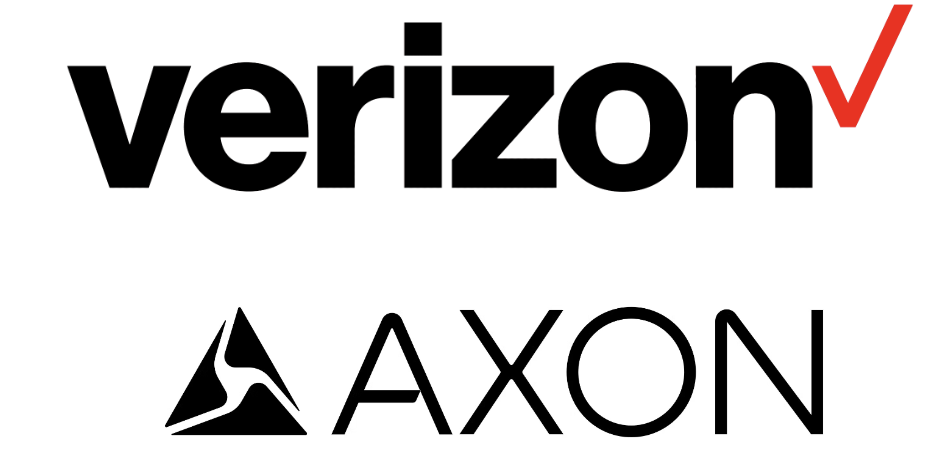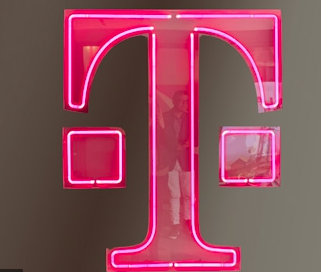
As we eagerly anticipate the full potential of 5G technology, regulatory bodies like the Federal Communications Commission (FCC) are tasked with updating policies to accommodate these advancements. A big debate in this area revolves around “network slicing” and how it fits with the idea of net neutrality.
Recently, FCC officials confirmed that the upcoming net neutrality guidelines won’t directly address innovations like network slicing, which are set to redefine what 5G networks can do. Instead, they’ll stick to the rules set in 2015 during the Obama administration. However, FCC officials hinted that even though network slicing won’t have its own rules, it’ll still need to follow the principles of net neutrality. They think the existing regulations on managing networks are flexible enough to cover new services like network slicing.
The FCC’s plan to vote on the new net neutrality rules on April 25 has caused a lot of anticipation and disagreement. Chairwoman Jessica Rosenworcel’s release of the public draft of her proposal is a big step. It’s expected to be a close vote split along party lines, with Democratic commissioners likely to support the rules.
The draft rules from the FCC address concerns about network slicing potentially being misused to go against net neutrality principles, like creating uneven internet access or “pay to play” schemes. The agency says wireless internet providers need to check if their network slicing services follow the rules for Broadband Internet Access Services (BIAS). They’re not calling network slicing services either BIAS or non-BIAS data services because this technology is still developing.
While some worry that network slicing might be used to break rules against paid prioritization or unfair discrimination, the FCC acknowledges that this technology is still new. So, they’re not making big decisions about all aspects of network slicing yet. But they’re committed to stopping network slicing from going against open internet rules if they’re put into effect.
The FCC advises mobile network operators (MNOs) to carefully consider if their use of network slicing falls under BIAS and to follow the conduct rules. They promise to watch closely for situations where network slicing might be risky for investment, innovation, competition, or benefits for users. If needed, the FCC says they’re ready to take action against harmful uses of network slicing.
In response to the FCC’s cautious approach, Nokia’s Chief Public Policy & Government Affairs Officer, Brian Hendricks, shows support and confidence in the benefits of network slicing. He says Nokia will work with the FCC and others in the industry to show how network slicing can be good while following the rules. Together, they can encourage investment, innovation, and U.S. leadership in the 5G era.
There are differing opinions from both sides of the political spectrum. Brendan Carr, the FCC’s top Republican commissioner, criticized what he sees as an attempt to control the internet again. This reflects the long-standing divide over net neutrality.
T-Mobile’s suggestion to broaden the definition of “reasonable network management” to include innovations like network slicing has both supporters and opponents. Supporters think it’ll help new tech and services, while critics worry it might hurt internet neutrality.
Verizon, along with other companies in the industry, wants to keep a neutral stance on managing networks, saying too many rules could harm new tech like network slicing. This shows the balance regulators must find between encouraging new ideas and keeping the internet neutral.
The FCC’s view on network slicing and net neutrality is a major focus. Some praise the agency for being proactive in updating rules for new tech, while others worry that not having clear rules might slow down innovation and investment. As the FCC deals with the complexities of 5G and net neutrality, the stakes are high. The outcome of the vote will shape rules for years to come and affect how technology develops and how the internet is managed. In this fast-changing tech world, finding a balance between rules and new ideas is key to keeping a fair and innovative digital world.






